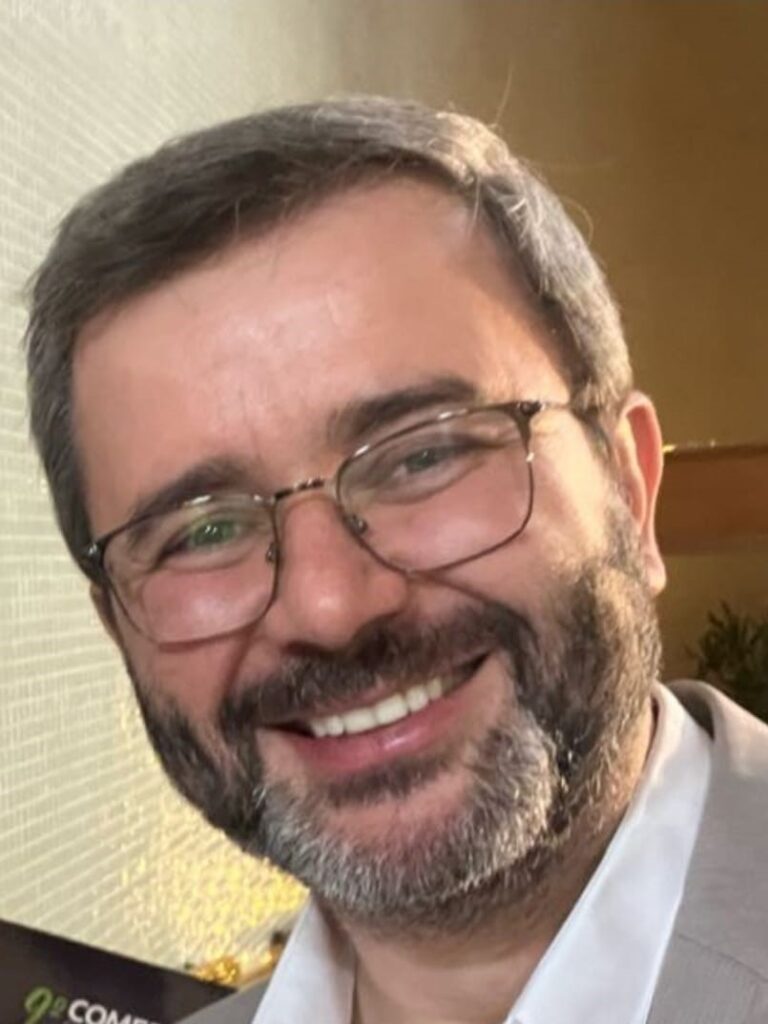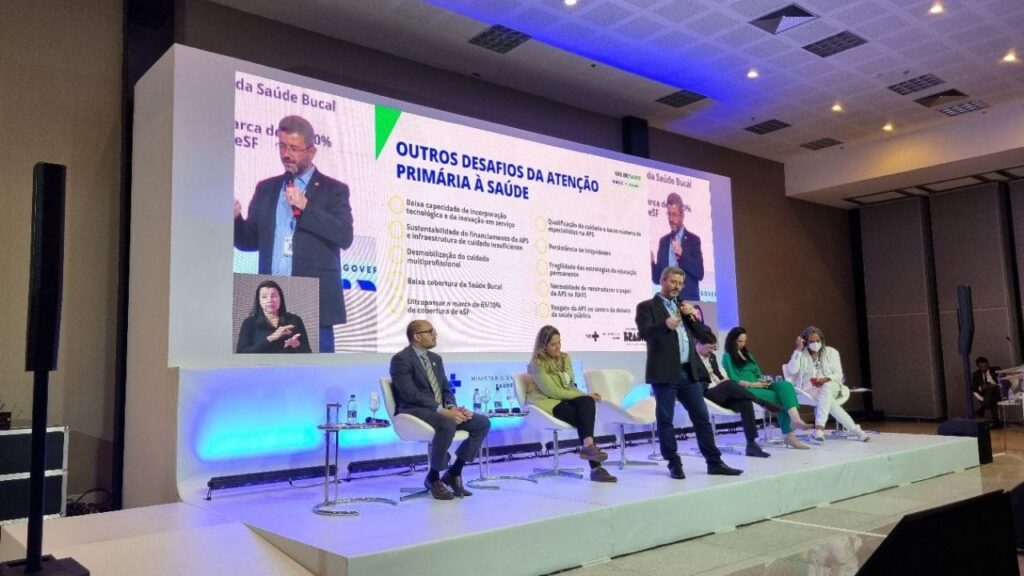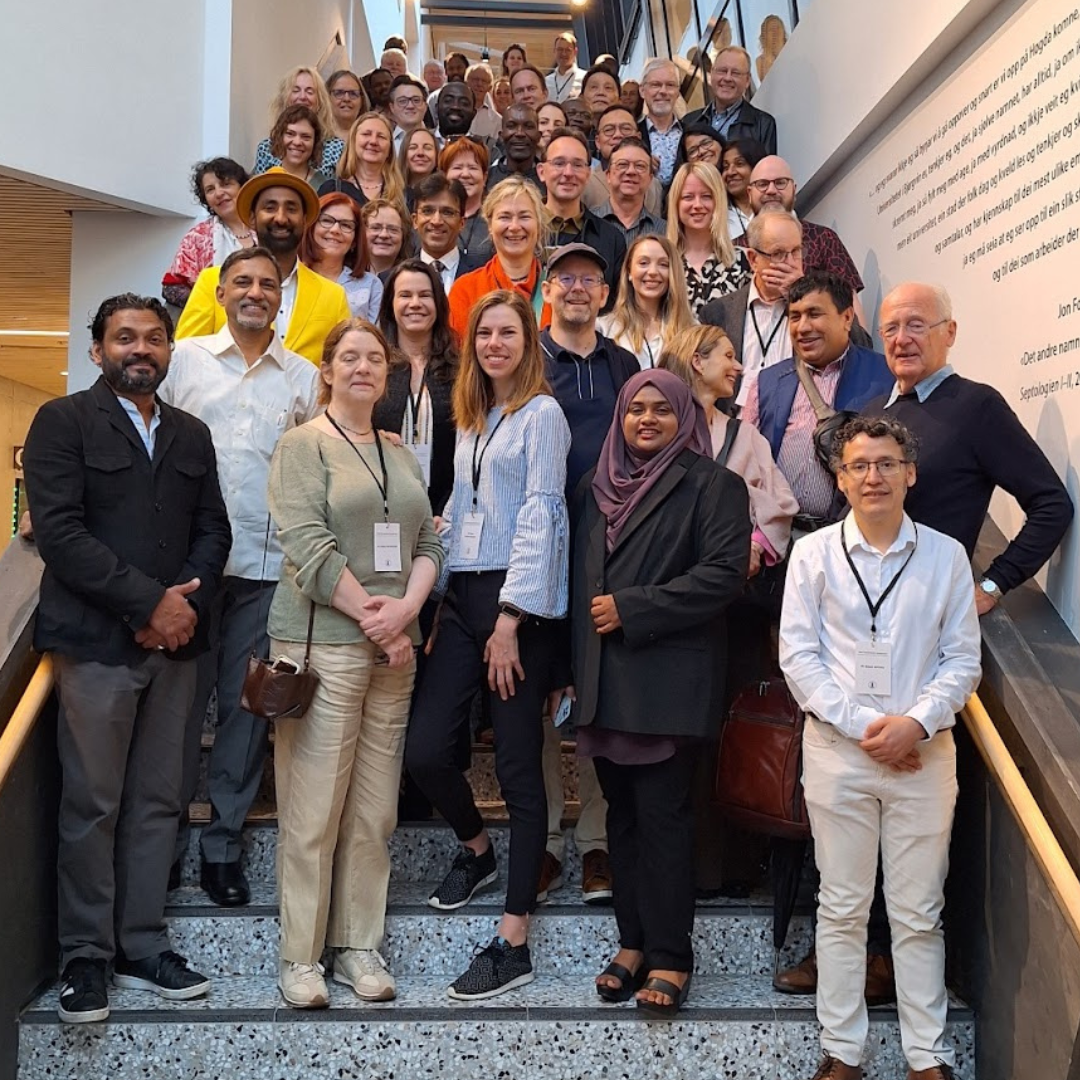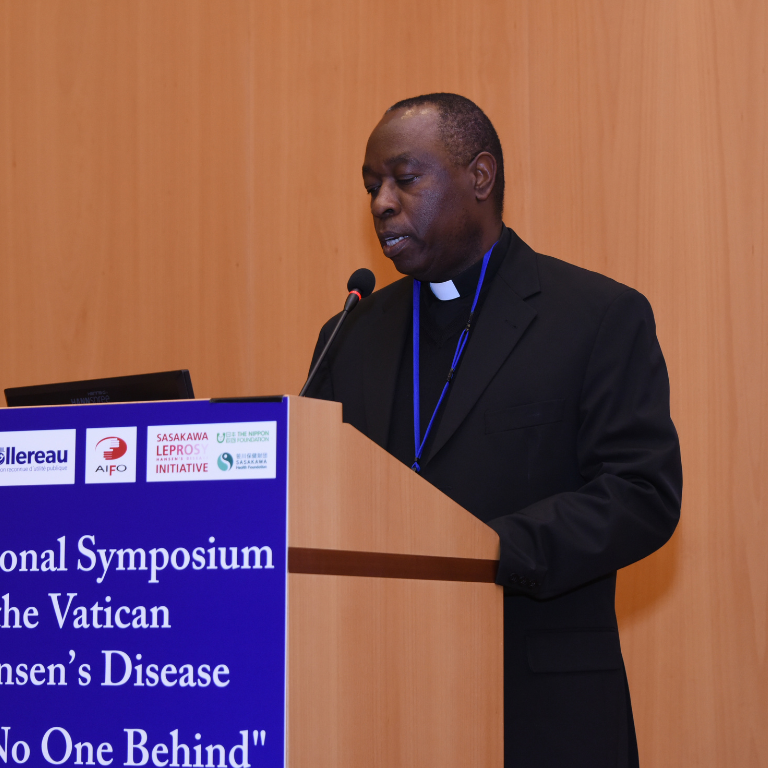
Dr. Claudio Guedes Salgado
Coordinator of Transmissible Diseases Care
Dept. of Integrated Care Management
Primary Health Care Secretariat
Ministry of Health (Brazil)

Dr. Patrícia Duarte Deps
Special Advisor for the Coordination of Transmissible Diseases Care
Dept. of Integrated Care Management
Primary Health Care Secretariat
Ministry of Health (Brazil)

Dr. Marcos Vinicius Soares Pedrosa
Director
Dept. of Integrated Care Management
Primary Health Care Secretariat
Ministry of Health (Brazil)

Dr. Nesio Fernandes de Medeiros Junior
Secretary
Primary Health Care Secretariat
Ministry of Health (Brazil)
Since the advent of multidrug therapy (MDT) in the 1980s, the peak of new Hansen’s disease cases diagnosed in a year was 804,357 in 1998 [1]. On May 13, 1991, during the 11th plenary meeting of the 44th World Health Assembly, participating countries agreed to set a goal of eliminating HD as a public health problem (with a prevalence of less than 1 case per 10,000 population) by the year 2000 [2]. After the agreement, with support from the World Health Organization (WHO), the most endemic countries intensified capacity-building for diagnosing and treating HD, resulting in an increment of about 26% on the new case detection rate in seven years [3].
In 1999, the number of new cases in the world was 738,112, a percentage decrease of almost 10% compared to the number the year before at the 1998 peak. Fifteen years later, in 2013, the number of new cases reached 215,656, a percentage decrease of over 70% [4]. Within this fifteen-year period, a 61.16% percentage decrease occurred in just the 5-year period from 2001 to 2005, when the number of new cases dropped from 763,262 to 296,499 [5]. These dramatic decreases in the number of new cases occurred within fifteen years or less despite Hansen’s disease being a chronic infection by a very slow-growing bacteria that has an incubation period that may reach 30 years or more [6]. After India declared elimination in 2005 [7], Brazil remained the only big country that did not reach WHO’s HD elimination target.
Although the huge decrease of 2001–2005 was celebrated as a worldwide victory for persons affected by Hansen’s disease, various real-life surveys reported 10 to 17 times more cases than officially reported [8–11] and 2015 mathematical models predicted that in 2020 there would be more than 4 million people with HD waiting to be diagnosed [12]. These numbers indicate that, instead of a true decrease, the reduction of new cases per year may be a result of operational problems, such as the loss of expertise for diagnosing HD and/or the belief that HD does not exist anymore. The roughly 40% loss of diagnosis during the 2020–2023 COVID-19 pandemic is considered a disaster for HD control [13]. This should make us think twice about the celebratory response to the approximately 60% percentage decrease in the number of new cases diagnosed 2001–2005. Instead of elimination of the disease, we have been seeing elimination of the diagnosis.
This “elimination of HD diagnosis” urgently requires recognition as a public health problem. Rather than pursuing a highly charged and contentious agenda around the “elimination” of HD, we should revise our strategy based on humanistic, scientific, and technological perspectives. This revised strategy would enable us to reach a larger population through the highly effective primary health care network, supported by health systems committed to providing comprehensive care and ensuring visibility and diagnosis.
We need to adopt a humanistic approach that engages in dialogue with social movements and focuses on the individual to redefine the perception of HD collectively. Our objective should be to fight prejudice and stigma prevalent in both the community and state structures, including health facilities and personnel. This humanistic approach would help to prevent unnecessary pain and suffering and utilize our knowledge, science, and technology to their fullest potential. Furthermore, we need to engage in extensive discussion around the concept of “cure” to prevent disappointment for both health professionals and HD patients, while encouraging debates on developing new therapeutic approaches for addressing bacterial elimination, nerve degeneration, and psychological challenges related to HD.
Currently, Brazil is focusing on a primary health care-based approach that leverages the expertise of general and family doctors for both diagnosis and clinical issues, alongside training for health professionals’ teams. Through the “Mais Médicos” program, which allows for the direct training of 30,000 doctors, we aim to increase the capacity of the health system to diagnose cases and bring visibility to the issue of Hansen’s disease as a neglected public health problem.
We plan to invest in the training of new hansenologists and introduce new laboratory tools for community surveillance and diagnostic confirmation, such as SSS for RLEP qPCR, to increase the reliability of diagnosis. There is also a need for complementary tools to supplement clinical findings, such as ultrasound, which has proven effective in identifying thickened nerves in contacts before clinical signs appear. After more than 40 years of MDT, new antibiotics with proven efficacy against Mycobacterium leprae must be made available to those who cannot tolerate MDT or are resistant to its drugs. The current lack of drugs for treating HD nerve degeneration is unacceptable and reflects the stigmatization faced by the neglected population living with HD. Additionally, recognizing that reactions may indicate the presence of live or multiplying bacilli, new approaches to treat them are also necessary.
Finally, an unknown number of persons affected by Hansen’s disease living with disabilities need to be found and treated for their incapacities. Prostheses, orthotics, and surgery must be readily available to them, together with the necessary physical therapy and mental health to improve their quality of life.

References
1. World Health Organization. Leprosy-Global situation. Weekly Epidemiological Record. 2000;1(28):226-231. Accessed April 2, 2023. https://apps.who.int/iris/handle/10665/231215
2. World Health Organization. Forty-Fourth World Health Assembly Resolutions and Decisions.; 1991. Accessed April 2, 2023. https://apps.who.int/iris/handle/10665/173858
3. Salgado CG, Barreto JG, Silva MB da, et al. Are leprosy case numbers reliable? Lancet Infect Dis. 2018;18(2):135-137. https://doi.org/10.1016/S1473-3099(18)30012-4
4. World Health Organization. Global leprosy update, 2015: time for action, accountability and inclusion. Weekly Epidemiological Record. 2016;91(35):405-420. Accessed April 2, 2023. https://www.who.int/publications/i/item/who-wer9135
5. World Health Organization. Global leprosy situation, 2006. Weekly Epidemiological Record. 2006;81(32):309-316. Accessed April 2, 2023. https://www.who.int/publications/i/item/who-wer8132
6. Suzuki K, Udono T, Fujisawa M, Tanigawa K, Idani G, Ishii N. Infection during infancy and long incubation period of leprosy suggested in a case of a chimpanzee used for medical research. J Clin Microbiol. 2010;48(9):3432-3434. https://doi.org/10.1128/JCM.00017-10
7. Singal A, Sonthalia S. Leprosy in post-elimination era in India: difficult journey ahead. Indian J Dermatol. 2013;58(6):443-446. https://doi.org/10.4103/0019-5154.119952
8. Urgesa K, Bobosha K, Seyoum B, et al. Evidence for hidden leprosy in a high leprosy-endemic setting, Eastern Ethiopia: The application of active case-finding and contact screening. PLoS Negl Trop Dis. 2021;15(9). https://doi.org/10.1371/JOURNAL.PNTD.0009640
9. Filho FB, Paula NA De, Leite MN, et al. Evidence of hidden leprosy in a supposedly low endemic area of Brazil. Mem Inst Oswaldo Cruz. 2017;112:1-7. https://doi.org/10.1590/0074-02760170173
10. Pedrosa VL, Dias LC, Galban E, et al. Leprosy among schoolchildren in the Amazon region: A cross-sectional study of active search and possible source of infection by contact tracing. PLoS Negl Trop Dis. 2018;12(2). https://doi.org10.1371/journal.pntd.0006261
11. Barreto JG, Guimarães L de S, Frade MAC, Rosa PS, Salgado CG. High rates of undiagnosed leprosy and subclinical infection amongst school children in the Amazon Region. Mem Inst Oswaldo Cruz. 2012;107(Suppl. I):60-67. Accessed October 12, 2016. http://www.ncbi.nlm.nih.gov/pubmed/23283455
12. Smith WC, van Brakel W, Gillis T, Saunderson P, Richardus JH. The Missing Millions: A Threat to the Elimination of Leprosy. PLoS Negl Trop Dis. 2015;9(4). https://doi.org/10.1371/journal.pntd.0003658
13. da Paz WS, Souza M do R, Tavares D dos S, et al. Impact of the COVID-19 pandemic on the diagnosis of leprosy in Brazil: An ecological and population-based study. Lancet regional health Americas. 2022;9. https://doi.org/10.1016/J.LANA.2021.100181









